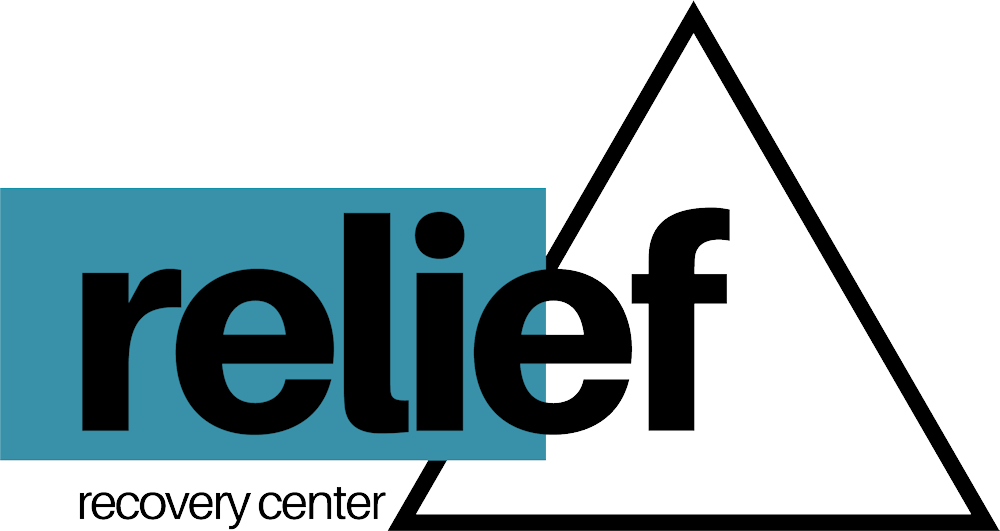Fentanyl, a synthetic opioid up to 100 times stronger than morphine, has emerged as a leading cause of the ongoing overdose crisis in the United States. It’s a potent and deadly drug that has infiltrated communities nationwide, leaving a trail of devastation in its wake. Fentanyl’s presence in the illicit drug supply has skyrocketed in recent years, making it a grave public health concern.
The goal of this article is to shed light on fentanyl’s dangers, providing crucial information on what it is, why it’s so dangerous, and what steps you can take to protect yourself and those you care about.
Understanding Fentanyl
Fentanyl is a synthetic opioid, meaning it’s a man-made substance designed to mimic the effects of natural opioids like morphine. Chemically, it belongs to a class of drugs known as phenylpiperidines. Fentanyl is available in various forms, including powder, tablets, capsules, and even nasal sprays.
Fentanyl has legitimate medical uses, primarily for managing severe pain in patients who have developed a tolerance to other opioids. However, the majority of fentanyl encountered on the streets is illicitly manufactured and poses a significant threat to public health.
What makes fentanyl so dangerous is its extreme potency. Just a tiny amount, equivalent to a few grains of salt, can be lethal. This makes it incredibly easy to overdose, especially when users are unaware that the drugs they are taking are laced with fentanyl. Common forms of illicit fentanyl consumption include injecting, snorting, smoking, and ingesting counterfeit pills that resemble prescription medications.
For further information on fentanyl, please refer to the National Institute on Drug Abuse (NIDA)’s resources: https://nida.nih.gov/publications/drugfacts/fentanyl
The Dangers of Fentanyl
Risk of Overdose:
The most alarming danger of fentanyl is its high risk of overdose. Fentanyl binds to opioid receptors in the brain, which are responsible for controlling pain and breathing. When taken in excess, fentanyl can severely suppress the respiratory system, leading to respiratory depression—a condition where breathing becomes dangerously slow or stops altogether. This lack of oxygen can rapidly cause unconsciousness, coma, permanent brain damage, and death.
Recognizing the signs of a fentanyl overdose is crucial. Symptoms may include:
- Slowed or shallow breathing
- Extreme drowsiness or unresponsiveness
- Cold and clammy skin
- Blue lips and fingernails
- Pinpoint pupils
- Gurgling or snoring sounds
- Loss of consciousness
If you suspect someone is experiencing a fentanyl overdose, call 911 immediately and administer naloxone (Narcan) if available. Naloxone can temporarily reverse the effects of opioid overdose and potentially save a life.
For those struggling with fentanyl addiction, outpatient treatment programs can provide a vital lifeline. These programs offer a flexible approach to recovery, allowing individuals to receive comprehensive care while maintaining their daily routines. For more information on outpatient treatment options, visit the Relief Recovery Center’s Outpatient Treatment page.
Fentanyl Contamination:
Another insidious aspect of the fentanyl crisis is its widespread contamination of the illicit drug supply. Fentanyl is often mixed with other drugs, such as heroin, cocaine, methamphetamine, and even counterfeit prescription pills. This means that individuals who believe they are consuming one substance may unknowingly be ingesting fentanyl, significantly increasing their risk of overdose.
The dangers of fentanyl contamination are far-reaching. People who use drugs recreationally may not be aware of the presence of fentanyl, making them particularly vulnerable. Even those who use drugs infrequently or in small amounts can succumb to an overdose if the substance is laced with fentanyl.
Who is at Risk?
The fentanyl crisis affects a wide range of individuals, including:
- People who use drugs recreationally: Individuals who experiment with or regularly use illicit drugs are at risk of unknowingly consuming fentanyl-laced substances.
- People with opioid use disorder: Those struggling with addiction to opioids like heroin or prescription painkillers are particularly vulnerable to fentanyl exposure due to its presence in the illicit drug market.
- Those who may unknowingly be exposed: Counterfeit pills, often marketed as prescription medications, are increasingly laced with fentanyl, putting unsuspecting individuals at risk.
The Centers for Disease Control and Prevention (CDC) provides valuable information on fentanyl and the overdose crisis. For more information, you can visit their website.
Harm Reduction Strategies
Education:
Knowledge is power when it comes to fentanyl. Understanding the signs of an overdose can be the difference between life and death. It’s crucial to educate yourself and those around you about the dangers of fentanyl, how to recognize an overdose, and what to do in an emergency. Resources like the National Institute on Drug Abuse (NIDA), Centers for Disease Control and Prevention (CDC), and local health departments provide valuable information on fentanyl and harm reduction strategies.
Naloxone:
Naloxone, often sold under the brand name Narcan, is a medication that can rapidly reverse an opioid overdose. It works by blocking opioid receptors in the brain, restoring normal breathing in individuals experiencing respiratory depression. Naloxone is available as a nasal spray or an injectable, and it can be administered by anyone with minimal training. It’s essential to have naloxone on hand if you or someone you know uses opioids, as it can be a lifesaving tool in the event of an overdose.
Naloxone is available without a prescription at most pharmacies and through community-based organizations. For individuals struggling with opioid addiction, addiction treatment programs can provide comprehensive care and support, including access to naloxone and education on its use. Learn more about addiction treatment options on the Relief Recovery Center’s Addiction Treatment page.
Testing Strips:
Fentanyl test strips are another valuable harm reduction tool. These strips can detect the presence of fentanyl in various drug samples, including powders, pills, and liquids. By testing their drugs, individuals can make informed decisions about their use and potentially avoid consuming fentanyl-laced substances.
Safe Drug Use Practices:
While abstinence is the safest approach, harm reduction strategies can help minimize the risks associated with drug use. If someone chooses to use drugs, it’s crucial to follow safe practices:
- Never use alone: Always have someone with you who can recognize signs of an overdose and administer naloxone if needed.
- Start with a small amount: Begin with a small dose and wait to see how your body reacts before taking more.
- Avoid mixing substances: Combining drugs, especially with fentanyl, can be extremely dangerous and increase the risk of overdose.
Treatment and Recovery
Fentanyl addiction is a serious condition that requires professional help. Treatment options vary depending on individual needs and may include medication-assisted treatment (MAT), behavioral therapies, and counseling. It’s important to seek help from qualified healthcare providers who specialize in addiction treatment.
Therapy plays a crucial role in recovery from fentanyl addiction. It can help individuals address the underlying causes of their substance use, develop coping mechanisms for cravings and triggers, and build a solid foundation for a healthier life. For more information on therapy options, visit the Relief Recovery Center’s Therapy page.
Remember, recovery is possible. With the right support and resources, individuals struggling with fentanyl addiction can overcome their dependence and build a brighter future.
What Can You Do?
The fentanyl crisis is a complex issue, but there are steps you can take to make a difference:
- Talk to friends and family: Openly discuss the risks of fentanyl with your loved ones. Share the information you’ve learned and encourage them to educate themselves as well.
- Advocate for harm reduction: Support initiatives that increase access to naloxone, fentanyl test strips, and other harm reduction resources in your community. Contact your local representatives and voice your support for policies that prioritize harm reduction over punitive measures.
- Support policies addressing the overdose crisis: Advocate for policies that focus on prevention, treatment, and harm reduction. Encourage lawmakers to prioritize funding for addiction treatment programs, research into new therapies, and initiatives aimed at reducing stigma surrounding addiction.
Conclusion
Fentanyl is a dangerous and insidious drug that has tragically claimed countless lives. Its potency, prevalence in the illicit drug supply, and ability to contaminate other substances make it a significant threat to public health. However, by staying informed, educating others, and supporting harm reduction efforts, we can work together to combat this crisis.
Remember, knowledge is your first line of defense against fentanyl. Be aware of the risks, know the signs of an overdose, and have naloxone readily available. If you or someone you know is struggling with addiction, don’t hesitate to seek professional help. There are resources available to support you on the path to recovery.
The fight against fentanyl is ongoing, but with collective action and unwavering commitment, we can make a meaningful difference in saving lives and building healthier communities. Share this information with your friends, family, and network, and let’s work together to turn the tide on this devastating epidemic.



